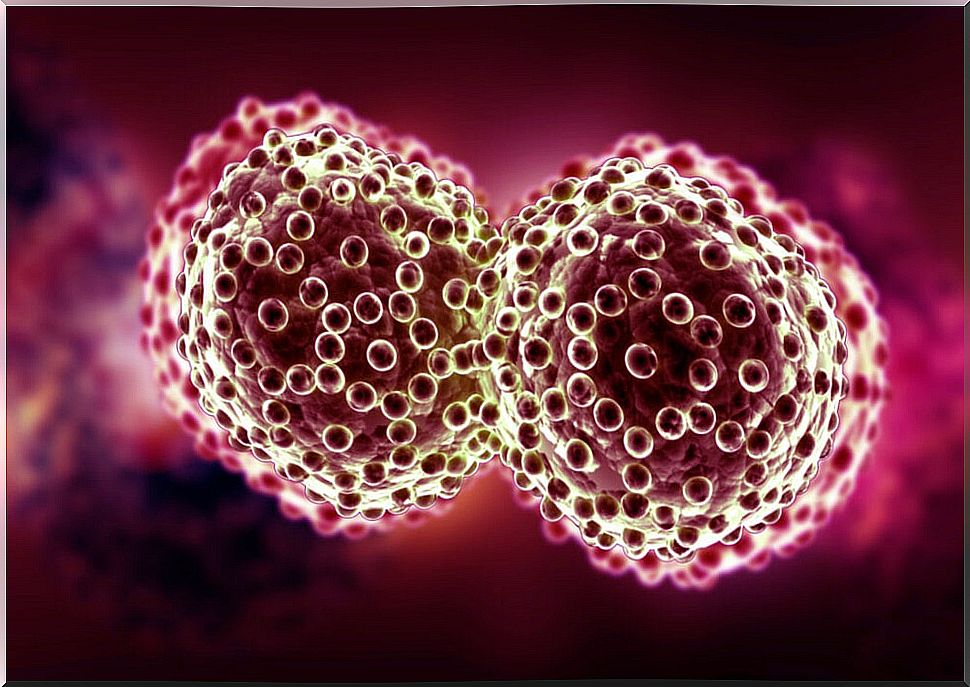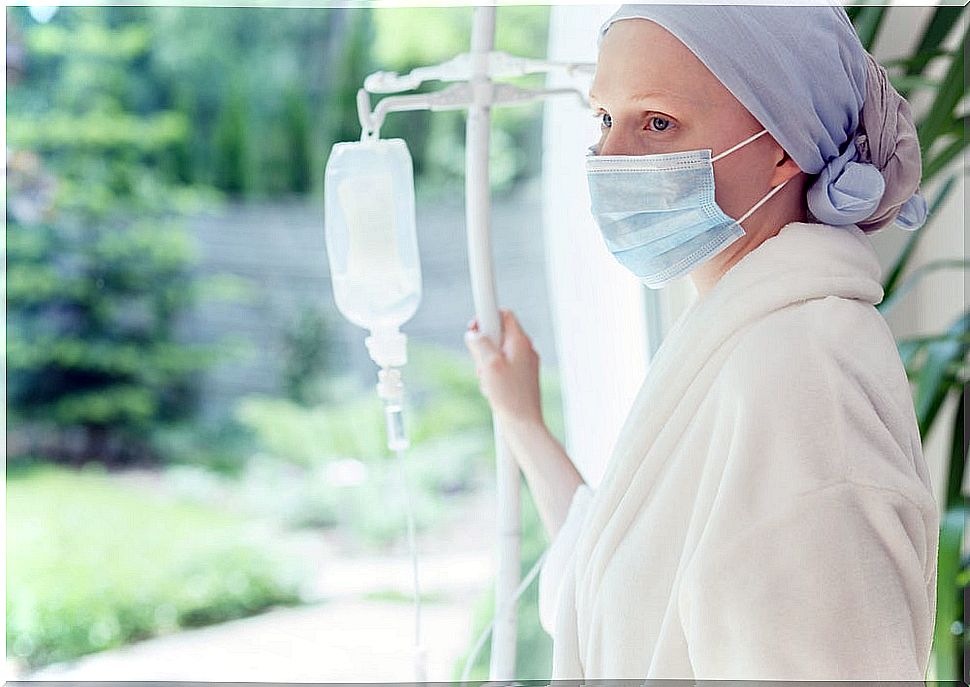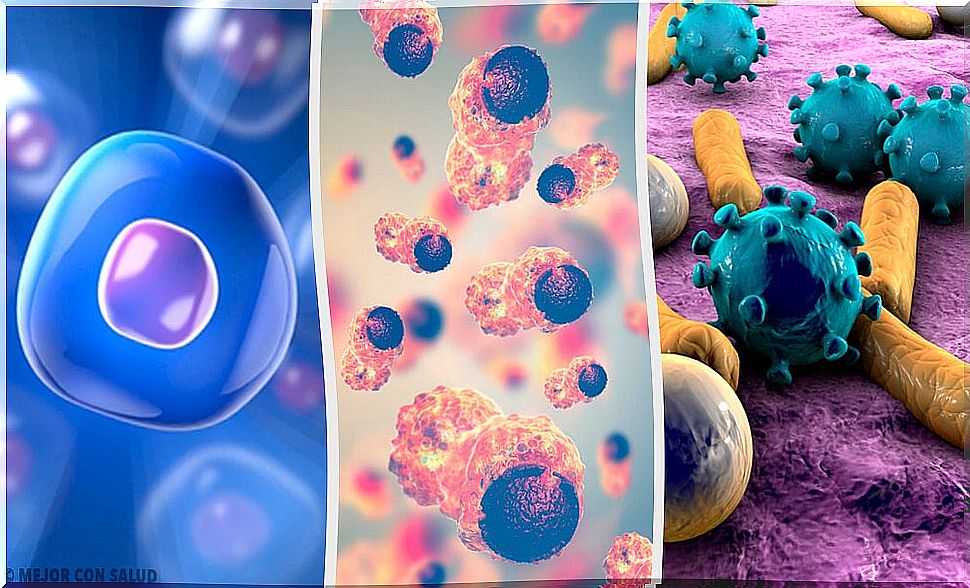Cancer: What Is It, How Does It Spread And How Is It Treated
The term cancer encompasses a wide group of diseases in which the cells of a certain tissue begin to grow uncontrollably, exceeding the normal ones. What is most striking is that these cells do not have programmed death, so they are “immortal” cells if they are not attacked.
This alteration has its origin in a mutation or modification in the genetic material or DNA of the cells. There is still no specific cause of cancer, but the most common risk factors have been determined. For example, the consumption of alcohol, tobacco and chemical substances. The physical condition of the patient and their exposure to radiation or certain diseases also influence.
Cancer can affect almost any cell in the body. For example, the lungs, the tongue, the blood, the bones, etc.
We can also find differences between the different subtypes of cancer. There are differences in terms of its evolution, reaction to treatments, etc. that vary in each patient. Currently, a system has been developed that allows each subtype of cancer to be classified according to its stage or stage.
During diagnosis, the medical team usually looks for tumors in the affected tissues. Tumors are prominences that form due to overgrowth of cells in the area. We can differentiate between two types of tumors: malignant (if they are cancerous) or benign (they are not associated with cancer).
How the cancer spreads

However, even though cancer originates in a certain region, cancer cells can move to other areas. Thus, the disorder spreads, worsening. This process is called metastasis.
First, cells from the original tumor break away from this cluster and move into nearby tissues. If it reaches the circulatory system, it can affect its cells and travel to any other part of the body. The circulatory system includes both blood and lymph.
However, the cells of the new tumor do not differ from those of the original tumor. That is, there is the same type of cells in both categories of cancer.
Cancer treatments

So far , different types of treatments have been developed for this disease. However, the response of each subtype and the characteristics of the cancer present in the patient vary.
On the other hand, the ultimate goal of treatment will be to alleviate the symptoms or signs that the individual shows. Also, certain procedures will be recommended to reduce the spread of the cancer and try to kill the cancer cells. Several techniques can be used at the same time if they are compatible and beneficial to the subject. The most common are the following:
- Surgery. In these surgeries, the altered area (tumor) and part of the nearby tissue are usually removed. As a general rule, it is carried out in patients with very localized cancer or with a small extension (primary).
- Radiotherapy. A controlled amount of radiation is applied to the cancer cells (localized) to try to progressively destroy them.
- Chemotherapy. The subject is prescribed certain drugs that contain a large amount of substances that attack cancer cells. Thus, as these compounds use the circular apparatus, they can treat any type of cancer. They can be administered both orally and intravenously.
- Biological therapy or immunotherapy. They encourage the immune system to attack altered cells, reduce the side effects of other therapies, repair normal cells, etc.
- Targeted therapies. They include a different class of drugs that target genetic changes or modifications. For example, those with cancerous tumors.
- Clinical trials.
Side effects of treatments

Also, the patient may experience a number of adverse effects while using these guidelines. The most common side effects are as follows:
- Nausea and vomiting
- Weakness, fatigue, or tiredness
- Hair loss and skin changes.
- Increased risk of infection.
If cancer is suspected or the presence of any related symptoms, it is recommended to see a doctor as soon as possible.










